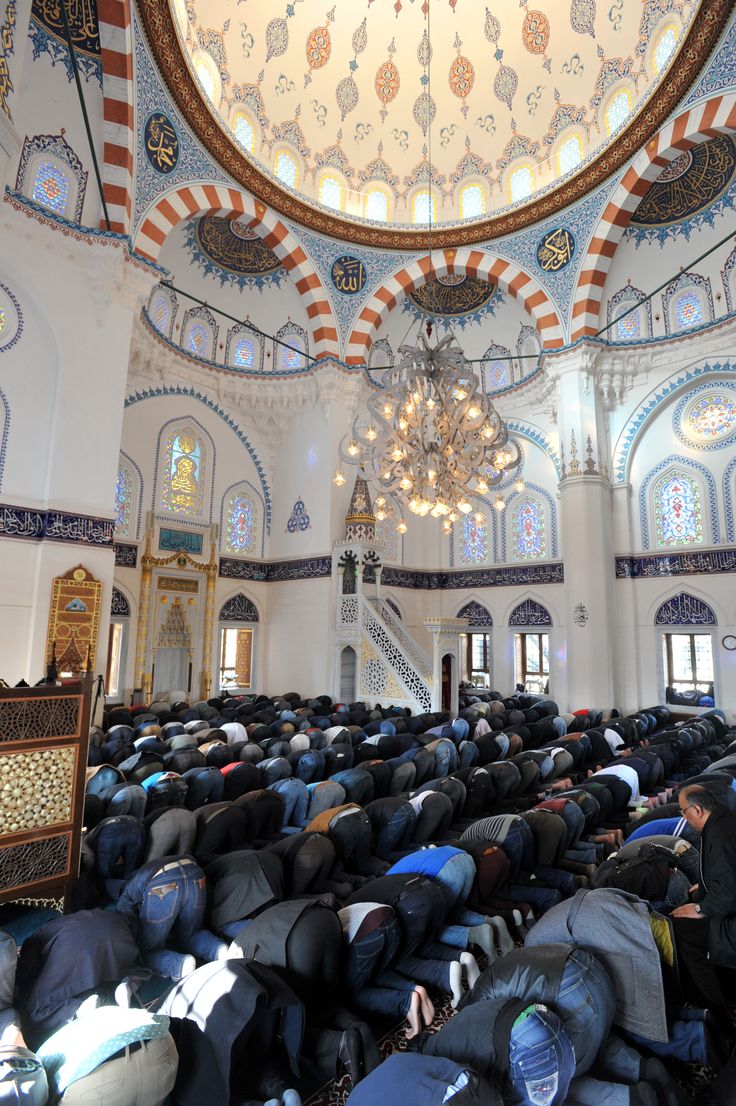
Finding Peace in Salah
In our increasingly chaotic world, the sacred moments of prayer offer a sanctuary of tranquility and connection. Yet many Muslims find themselves going through the motions of Salah without experiencing its profound peace. This article explores how to transform your daily prayers into a source of serenity and spiritual rejuvenation.
The Divine Antidote to Modern Stress
The Prophet Muhammad ﷺ would often say to his companion Bilal: "Comfort us with prayer, O Bilal." In the early days of Islam, prayer was not seen as an obligation to be fulfilled but as a relief to be embraced—a divine appointment offering respite from worldly concerns.
"Verily, in the remembrance of Allah do hearts find rest." (Quran 13:28)
This Quranic truth holds profound implications for our modern existence. While we seek peace through endless distractions and temporary pleasures, true tranquility awaits in the moments we stand before our Creator, fully present and connected.
Why We Struggle with Presence in Prayer
Before addressing solutions, it's important to understand the challenges we face in achieving peace through prayer:

Digital Distraction
Our minds, constantly bombarded with notifications and information, struggle to downshift into the contemplative state prayer requires.
Mechanical Habit
Years of performing prayers out of obligation can transform what should be a living conversation into a mechanical routine.
Disconnection from Meaning
When we don't understand or reflect on the words we recite, prayer becomes a series of empty motions rather than meaningful communication.
Life's Overwhelming Pace
The rush of daily responsibilities can cause us to approach prayer hurriedly, seeing it as another task to complete rather than a sanctuary to enter.
Three Dimensions of Tranquility in Salah
True peace in prayer emerges when we engage with its three essential dimensions:
1. Physical Presence (Jasad)
The body's positioning and movements in Salah are designed to foster focus and humility. Each position—standing, bowing, prostrating—carries spiritual significance and physiological benefits. When we perform these movements with awareness rather than automation, they become gateways to presence.
2. Mental Focus (Aql)
Our thoughts naturally wander, but training the mind to return to prayer's meaning creates a meditation-like effect. This mental dimension involves understanding what we recite, visualizing our standing before Allah, and gently redirecting attention when it strays.
3. Spiritual Connection (Qalb)
The heart's engagement in prayer transforms it from ritual to relationship. This encompasses our emotions, intentions, and the deep awareness of being in divine presence. When the heart is present, tears may flow, time seems to expand, and a profound peace descends.
"Successful indeed are the believers who are humble in their prayers." (Quran 23:1-2)
Practical Techniques for Peaceful Prayer
Moving from theory to practice, here are specific methods to enhance your experience of tranquility in Salah:
Mindful Wudu
Perform wudu with full awareness, reflecting on how each step purifies both body and soul, preparing you for divine connection.
Pre-Prayer Pause
Take a minute before prayer to breathe deeply and set your intention (niyyah) with full consciousness.
Recitation with Understanding
Focus on the meaning of each word you recite, especially in Surah Al-Fatiha, feeling the divine conversation taking place.
Creating Sacred Space
Designate a clean, uncluttered area specifically for prayer. This physical boundary helps create a psychological one, signaling to your mind that you're entering a different mode of being. Consider adding elements that enhance the spiritual atmosphere—perhaps a special prayer rug, pleasant natural scents, or soft natural lighting.
The Power of "Takbir Tahrima"
The opening "Allahu Akbar" of Salah isn't merely a phrase but a threshold crossing. When pronounced with full awareness, it declares: "Everything else is now smaller, and only God is great." Take an extra moment before this opening takbir, consciously releasing worldly concerns and embracing divine presence.
The Science of Salah and Mental Wellbeing
Modern research corroborates what believers have experienced for centuries—the physiological and psychological benefits of prayer:
- The physical positions of Salah activate the parasympathetic nervous system—our body's "rest and digest" mode
- The rhythmic nature of prayer movements increases alpha brain waves associated with relaxation and focus
- Regular prayer practice has been linked to reduced anxiety, depression, and blood pressure
- The social aspect of congregational prayer releases oxytocin, a hormone associated with bonding and wellbeing
- The consistent daily prayer schedule regulates our circadian rhythms, improving sleep and energy levels

Beyond the Prayer Mat: Carrying Peace Forward
The ultimate goal isn't just to find peace during prayer but to carry that tranquility into every aspect of life. The Prophet ﷺ exemplified this integration, moving seamlessly between worship and worldly affairs while maintaining inner calm.
Here are ways to extend prayer's serenity beyond the prayer mat:
- Mindful transitions. Take a moment after prayer to set an intention for how you'll carry its peace forward before rushing back to activities.
- Prayer reminders. Create subtle cues in your environment or phone that remind you of the divine presence you experienced in Salah.
- Breath awareness. The controlled breathing naturally occurring during proper recitation can be continued as a mindfulness practice throughout your day.
- "Mini-prayers" between prayers. Brief moments of remembrance (dhikr) between formal prayers help maintain the connection established during Salah.
- Salah journaling. Keeping a brief journal about meaningful prayer experiences deepens their impact and provides inspiration during spiritual dry spells.
Conclusion
In a world that constantly pulls us in countless directions, the gift of Salah offers a remarkable opportunity to return to our center. Though distractions and difficulties will always arise, each prayer presents a new beginning—a chance to reconnect with the divine peace that transcends understanding.
The journey to finding peace in prayer is ongoing, with periods of both connection and dryness. Yet every sincere effort to pray with presence is recognized and rewarded by the One who invites us to this sacred conversation five times daily.
"And seek help through patience and prayer, and indeed, it is difficult except for the humbly submissive [to Allah]." (Quran 2:45)